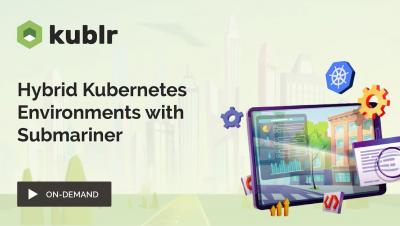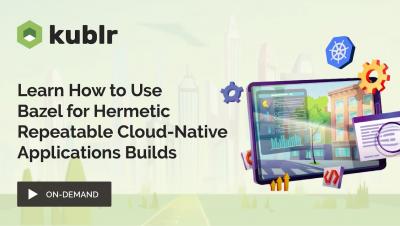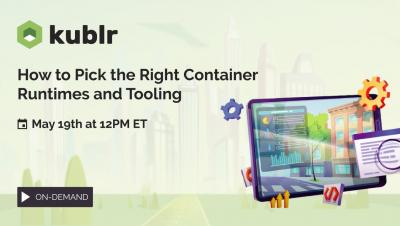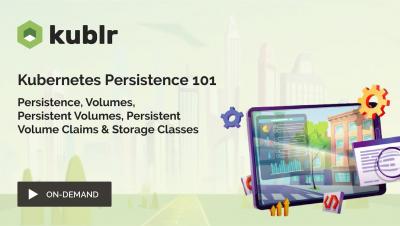Operations | Monitoring | ITSM | DevOps | Cloud
Kublr
Learn How to Use Bazel for Hermetic Repeatable Cloud-Native Applications Builds
Building Everything-as-Code? Learn These CI/CD Processes and Tools First
Here at Kublr we always emphasize how important it is to understand the foundations of Kubernetes (K8s) and its operations tools so you can more efficiently manage your applications and simplify your cloud-native development workflow. Understanding these components on the front end is equally important as we begin our build processes, especially when building with an everything-as-code approach.
Simplify Your Cloud-Native Development Workflow With These DevOps Principles
Cloud-native technologies allow you to more efficiently deploy your applications at the enterprise level. But the learning curve can be steep, and it may be confusing to figure out the world of cloud-native tech and establish how you’ll make your development workflow as efficient as possible. A working knowledge of DevOps technology is crucial to effectively start your deployment and creating a sustainable and manageable workflow.
Learn How to Pick the Right Container Runtimes & Tooling
Understand the Most Important Aspects of Kubernetes Objects
Objects are fundamental aspects of Kubernetes (K8s). To work with K8s, you need to understand how basic objects function. In this article, we’ll explain the purposes of the K8s objects you’ll run into most frequently. Objects are separated into two categories: Primitives and Controllers.
How to Choose the Right Tool for Kubernetes Deployment
The benefits of using Kubernetes (K8s) at an enterprise level are numerous. K8s is portable, extensible, scalable and reliable. When it comes time for your enterprise to deploy its K8s clusters, there are several deployment frameworks and tools to choose from. But which solution is right for your enterprise? Read on as we break down deployment solutions into categories and demonstrate how each framework and tool can enable you to operate, manage and deploy your K8s clusters in different ways.
Learn the Basics of Kubernetes Persistence Management Functionality
Let's Learn the Basic Structure of Kubernetes
Understanding the fundamental architecture will help you successfully deploy Kubernetes (K8s). Read on as we’ll introduce you to some of the key components of K8s.
Why Kubernetes Is Worth Learning
Learning Kubernetes (K8s) can be intimidating. There are so many great tools to increase your use of K8s, it’s confusing to know where to begin. You learned how to walk by first learning to crawl. In the same way, to effectively integrate K8s into your software infrastructure, you need to build a foundation一a foundation of knowledge where you understand the capability of K8s and how it can improve your organization’s operations.











